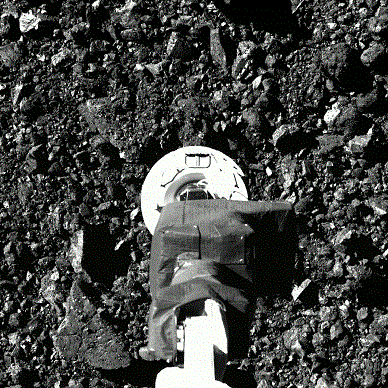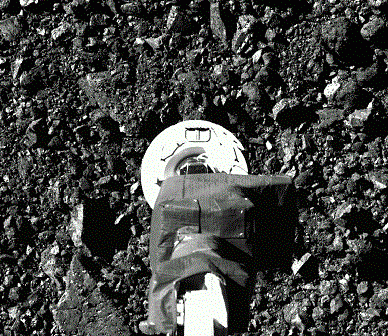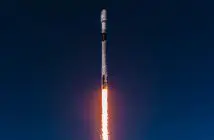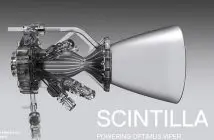
Written by staff writer.
A capsule from NASA’s ORISIS REx spacecraft returned to Earth overnight (Australian time), ending a seven-year seven-billion-kilometre mission to collect samples from an asteroid called Bennu. NASA says the samples offer a window into a time, four and a half billion years ago when the Sun and planets were still forming.
NASA has confirmed the payload successfully parachuted down to the Utah desert at 10.52 am local time on Sunday, September 24. A NASA spokesperson said the capsule’s main parachute deployed at about 5,500 feet, minutes later landing safely. “The package has been delivered. The helicopters are arriving at the site. The next stop is a clean room.”
Onboard are 250 grams of soil and dust samples from the 500-metre-wide asteroid that scientists classify as a near-Earth object. ORISIS-REx, or formally the Origins, Spectral Interpretation, Resource Identification and Security–Regolith Explorer, was launched in 2016 when Bennu was 225 million kilometres distant from Earth. The spacecraft took two years to travel to Bennu, by which time its orbit had brought it far closer to home.
ORISIS-REx did not make an immediate landing on Bennu. Instead, it spent another two years surveying the asteroid from a distance before undertaking manoeuvres described as “audacious” to collect the samples in October 2020. Today’s return marks the first time the United States has collected and brought back samples from an asteroid.
However, the US is not the first country to achieve this feat. A capsule from the Japanese Space Agency’s Hayabusa II spacecraft returned in 2020 with quantities of rock onboard from an asteroid called Ryuga. However, Bennu is known to contain large concentrations of carbon and possibly amino acids. Scientists involved in the mission are “pretty sure” the samples will contain organic molecules – the building blocks for life.
The collection, although successful, proved something of a shock for the scientists involved. ORISIS-REx lowered down onto Bennu with a three-metre boom extended out, designed to “slap” the surface and eject a burst of nitrogen gas to kick up dust and soil, which the boom’s grabbing mechanism would collect.
Instead, as the boom made contact, the asteroid’s surface “parted like fluid,” and the nitrogen burst unintentionally blew a crater eight metres wide, with debris going everywhere. Luckily, the boom’s collection mechanism captured more debris than hoped, even though it was slightly under the asteroid’s surface – also an unplanned outcome. Scientists thought Bennu had a lot of water (around 10%) bound up in its surface composition, a hypothesis the collection process helped confirm.
Bennu’s trip back to Earth took two and a half years and entailed orbiting the Sun twice inside of Venus’ orbit. The samples are now heading to NASA’s Johnson Space Center in Texas for a detailed analysis.
This weekend was not the end of the road for ORISIS-REx. While it dropped the capsule bearing the samples into the Earth’s atmosphere, the spacecraft is pushing back into space and scheduled to rendezvous with an stony asteroid called Apophis in 2029. The spacecraft is also taking on a new name – OSIRIS Apophis Explorer, or OSIRIS-APEX.
Image Credits: NASA/Goddard/University of Arizona.





